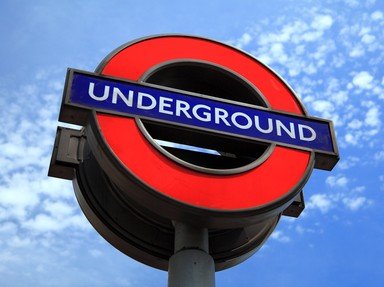
A Green Tube Network Trivia Quiz
The London Underground (or "Tube") has one green line on its map (the District Line) but lots of "green" stations. You need to match them to a line you can take to get there - some are on more than one line, but there is only one unique solution.
A matching quiz
by Fifiona81.
Estimated time: 3 mins.